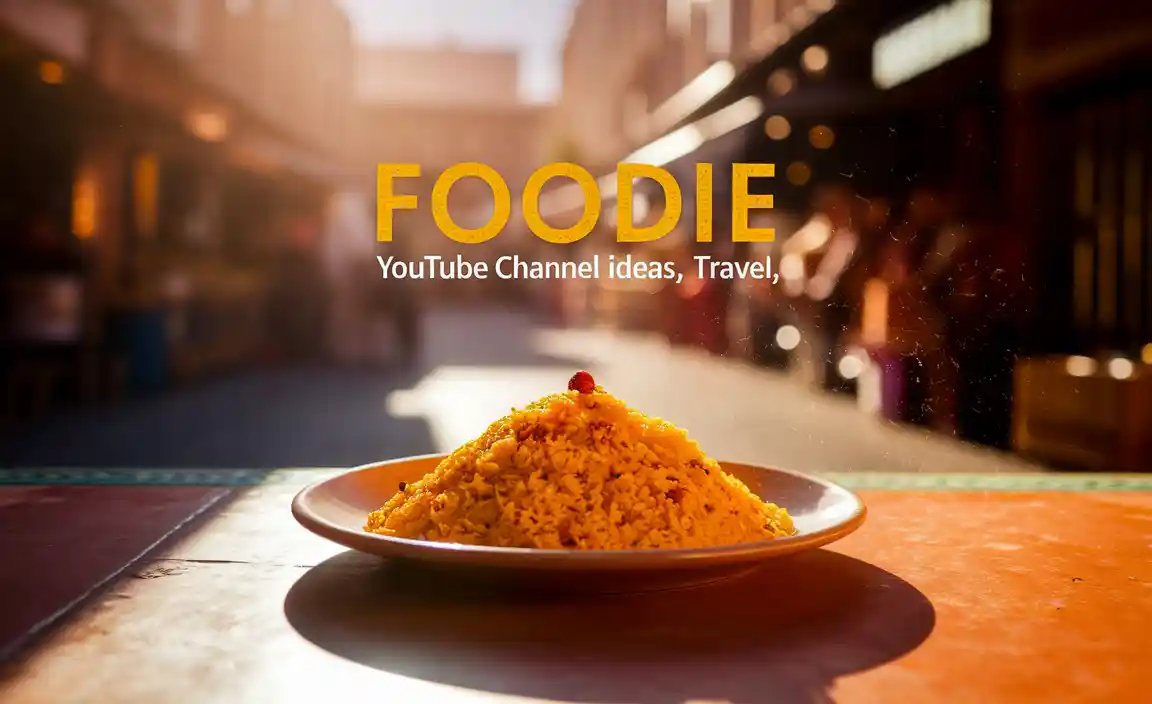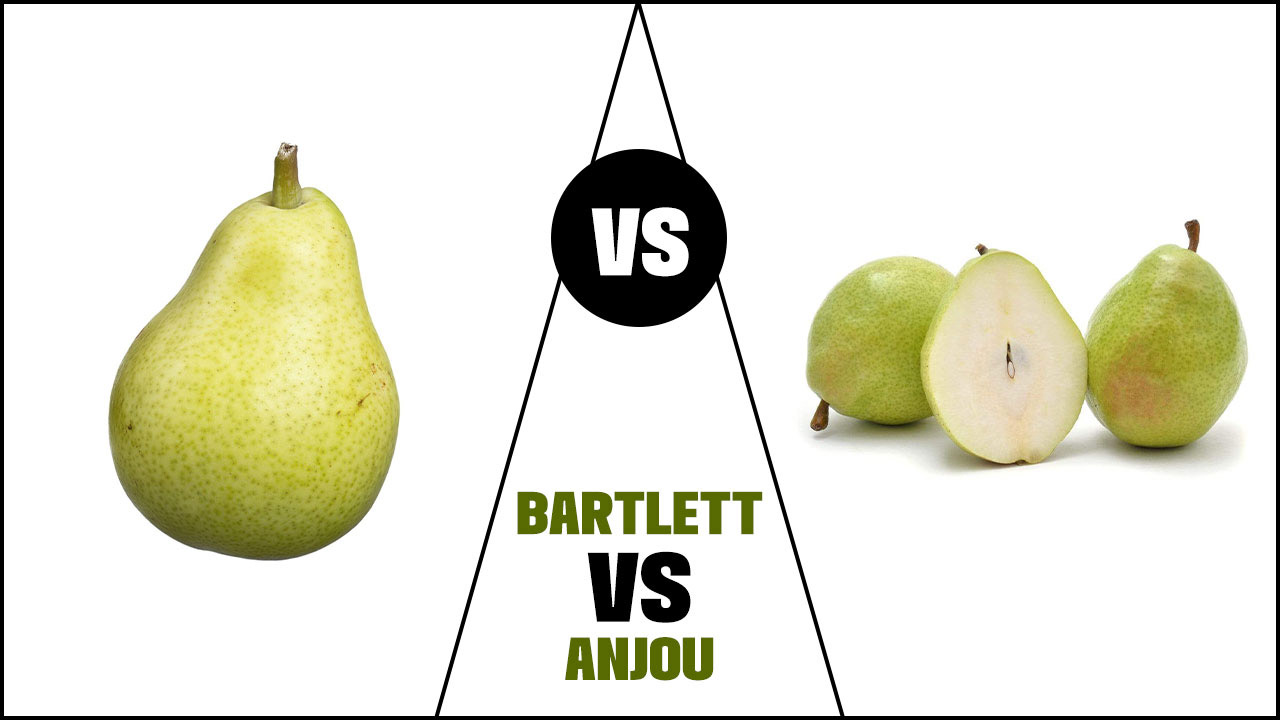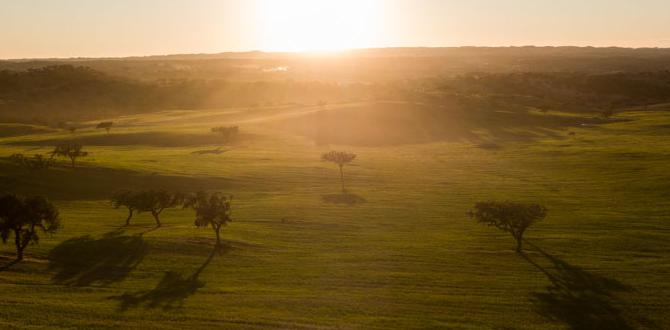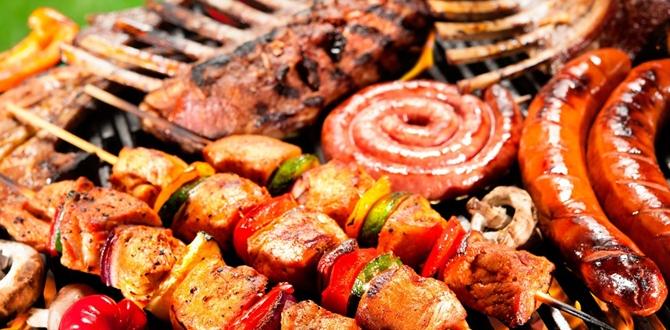Quick Summary: Launch a successful foodie YouTube channel focused on travel with these essential tips. Discover engaging content ideas, filming techniques, and SEO strategies to share your culinary adventures with the world and attract a loyal audience.
Are you dreaming of sharing your epic food journeys with the world? Starting a YouTube channel about food and travel can feel a bit overwhelming, right? Where do you even begin? Many aspiring creators struggle to find their niche or simply don’t know how to make their videos stand out. But don’t worry! This guide is here to help you with super simple steps and awesome ideas.
We’ll walk you through everything you need to know to create a fantastic foodie travel YouTube channel that people will love to watch. Get ready to explore delicious destinations and share your passion for food with a global audience!

Frequently Asked Questions
What is a “foodie travel” YouTube channel?
A foodie travel YouTube channel is all about exploring the world through its food. You’ll share your experiences trying local dishes, visiting restaurants, markets, and uncovering unique culinary traditions in different places. It’s a blend of travel vlogging and food content.
Do I need professional equipment to start?
No, not at all! You can start with your smartphone. As you grow, you can gradually invest in better cameras, microphones, and editing software. What matters most is good storytelling and clear, engaging content.
How do I pick a unique angle for my channel?
Think about what makes your experience special. Are you looking for the spiciest foods? The cheapest eats? The most authentic street food? Or perhaps family-friendly recipes you discover abroad? Finding your own voice is key.
How often should I upload videos?
Consistency is more important than frequency. Aim for a schedule you can stick to, whether it’s once a week, bi-weekly, or monthly. Regular uploads help keep your audience engaged and YouTube’s algorithm happy.
How can I get more views on my videos?
Use good keywords in your titles, descriptions, and tags. Create eye-catching thumbnails. Share your videos on social media. Engage with your viewers in the comments. Collaborate with other YouTubers!
What kind of food topics are popular for travel channels?
Think “best street food in [city],” “eating local [country] for $10,” “hidden gem restaurants,” “food tours,” “trying exotic fruits,” or “cooking classes abroad.” People love discovering food they can’t easily find at home.
Is it hard to edit videos?
Basic video editing can be learned quickly. Many free or affordable editing apps and software are available for both computers and smartphones. Start with simple edits like cutting clips and adding music.
Foodie YouTube Channel Ideas Travel: Essential Tips for Beginners
Starting a YouTube channel can be an incredibly rewarding way to share your love for food and travel. If you’ve ever found yourself drooling over a travel documentary or inspired by someone’s culinary adventure abroad, you might be thinking about diving in yourself. But where do you begin? What makes a channel successful? This ultimate guide is packed with beginner-friendly tips and creative foodie YouTube channel ideas travel enthusiasts will adore.
We’ll cover everything from brainstorming unique video concepts to making your content shine. Get ready to turn your passion into engaging videos that connect with fellow food lovers around the globe!
Why Start a Foodie Travel YouTube Channel?
Food and travel are two of the most universally loved subjects. When you combine them, you get a recipe for engaging content that can attract a huge audience. People love to explore new cultures, and food is a fantastic gateway to doing just that. Watching someone try a dish for the first time in a bustling foreign market or discovering a hidden gem restaurant can be just as exciting as visiting the place yourself.
Plus, in today’s digital age, sharing experiences online is easier than ever. Your smartphone is a powerful tool that can instantly capture the sights, sounds, and most importantly, the tastes of your adventures. It’s a chance to build a community, share valuable tips, and even inspire your viewers to embark on their own culinary journeys.
Finding Your Unique Voice and Niche
The world of YouTube is vast, so finding your specific angle is crucial. Think about what makes your travel food experiences special. What kind of traveler are you? What are your strengths and interests?
- The Budget Explorer: Focus on delicious eats that won’t break the bank. Think street food, affordable local eateries, and tips for eating well when traveling on a budget.
- The Luxury Foodie: Showcase high-end dining experiences, Michelin-starred restaurants, and gourmet food tours.
- The “Authentic” Seeker: Dive deep into traditional recipes, visit local farms, and explore the history behind dishes.
- The Adventure Eater: Challenge yourself to try exotic, unusual, or spicy foods.
- The Family Food Traveler: Share kid-friendly meal finds, tips for dining out with children abroad, and family recipes inspired by your travels.
- The Regional Expert: Become the go-to source for food in a specific region or country you know well.
Consider your personality, too. Are you funny, informative, or deeply curious? Let your unique voice shine through!
Essential Equipment for Beginners
You don’t need to spend a fortune to start. Your smartphone is likely more than capable of producing great video content. Here’s a breakdown of what you might need:
Your Smartphone
Most modern smartphones shoot in high definition (HD) or even 4K. This is perfect for starting out. Simply ensure you have enough storage space and keep your lens clean!
Audio is Key
Bad audio can make even the best video unwatchable. While your phone’s mic can work for quiet environments, consider an external microphone:
- Lavalier Microphone (Lapel Mic): These clip onto your shirt and are great for capturing clear dialogue, especially in noisy outdoor locations. Brands like Rode and Boya offer affordable options.
- Shotgun Microphone: Mounts on your phone and helps to focus the audio capture on what’s in front of the camera.
Stability Matters
Shaky footage is a big turn-off. Invest in something to keep your camera steady:
- Tripod: A small, portable tripod for your phone is essential for stable shots, interviews, and timelapses.
- Gimbal: For smooth, cinematic movement, a smartphone gimbal is a fantastic investment later on.
Lighting
Natural light is your best friend! Whenever possible, film during the day. If you need extra light for indoor shots or at night:
- Small LED light panel: These are compact and can make a huge difference.
Must-Try Foodie YouTube Channel Ideas Travel
Let’s get to the fun part: what will you actually film? Here are some engaging content ideas that blend food and travel, perfect for any beginner.
1. Street Food Safaris
This is a classic for a reason! Explore the vibrant street food scene of a city. Focus on local specialties, try a variety of stalls, and share your genuine reactions.
- Angle: “Eating [City Name] for $20: A Street Food Adventure,” “Best Hidden Street Food Gems in [Country],” “Trying the Most Unusual Street Food in [Region].”
2. Local Market Explorations
Markets are the heart of a city’s food culture. Walk through bustling markets, showcase fresh produce, local ingredients, and unique snacks. Interview vendors if they’re open to it!
- Angle: “What to Buy at the Famous [Market Name] Market,” “A Culinary Tour of [City]’s Grand Market,” “Exploring Exotic Fruits at [Market Location].”
3. Restaurant Reviews & Hidden Gems
Beyond the tourist traps, find those special local restaurants. Share your honest review, highlighting the ambiance, service, and, of course, the food. Focus on places most tourists wouldn’t find.
- Angle: “The Best [Dish Type] in [City] You’ve Never Heard Of,” “Is This Tiny Restaurant Worth the Hype? [Restaurant Name] Review,” “My Favorite Local Eateries in [Neighborhood].”
4. Deep Dive into Specific Dishes
Pick a famous dish from a region (like Ramen in Japan, Pasta in Italy, Tacos in Mexico) and dedicate a video to finding the absolute best version, exploring its history and variations.
- Angle: “The Quest for the Perfect Ramen in Tokyo,” “Authentic Neapolitan Pizza: A Taste of Naples,” “What Makes Great Pho? Exploring Vietnam’s Iconic Noodle Soup.”
5. Cooking Classes Abroad
Take a local cooking class and document the experience. Learn to make a traditional dish, share the step-by-step process, and of course, enjoy the delicious results!
- Angle: “Learning to Make Pad Thai in Thailand,” “My First Authentic Italian Pasta Making Class,” “From Market to Plate: A [Country] Cooking Day.”
6. Themed Food Challenges
Challenges can be highly engaging. Think about food-related challenges that fit your niche.
- Angle: “Eating Everything on the Menu at [Restaurant],” “Spiciest Food Challenge in [City],” “Can I Survive on $5 a Day for Food in [Country]?”
7. Food History and Cultural Insights
Go beyond just tasting. Research the history and cultural significance of the food you’re eating. Explain traditions, etiquette, and why certain ingredients are used.
- Angle: “The Surprising History Behind [Dish Name],” “Food Etiquette You Need to Know in [Country],” “How [Food Item] Shaped the Culture of [Region].”
8. Travel Vlogs with a Food Focus
Integrate food naturally into your travel vlogs. Show your daily meals, snacks, and dining experiences as part of your overall travel narrative.
- Angle: “A Day in My Life: Eating My Way Through Paris,” “First Impressions of [Country] & First Meal!”
9. Recreate Local Recipes at Home
After your trip, try to recreate a favorite dish you discovered. This shows viewers they can experience a taste of your travels too.
- Angle: “Making Authentic [Country] Curry After My Trip!” “How to Make [Dish] Like a Local.”
Filming and Editing Your Delicious Content
Once you have your ideas, it’s time to bring them to life. Here’s how to make your videos look and sound great:
Filming Techniques
- Good Lighting: Natural light is best. Position yourself facing a window. Avoid filming with a bright light source behind you.
- Camera Angles: Mix it up! Get wide shots of the location, medium shots of you talking, and close-ups of the food. Think about eye-level shots, low-angle shots, and overhead (top-down) shots.
- Stabilize Your Shots: Use that tripod or gimbal! Smooth footage is much more professional.
- Clear Audio: Speak clearly and close to your microphone. Minimize background noise as much as possible.
- Show, Don’t Just Tell: Let the visuals tell the story. Show the textures, colors, and steam rising from the food.
Editing Basics
This is where your video comes together. Don’t be intimidated – start simple!
- Choose Your Software: For beginners, consider free options like DaVinci Resolve (powerful but has a learning curve), iMovie (Mac/iOS), or CapCut (mobile/desktop). Paid options like Adobe Premiere Pro or Final Cut Pro are industry standards but pricey.
- Keep Clips Short and Engaging: People have short attention spans. Cut out any dead air or unnecessary footage.
- Add Music: Use royalty-free music to set the mood. YouTube’s Audio Library is a great resource, or sites like Epidemic Sound (paid).
- Add Text and Graphics: Use these to highlight dish names, prices, locations, or add subtitles for clarity.
- Color Correction: A little tweak to make your food look even more appetizing is a good idea.
- Review and Refine: Watch your edited video through multiple times to catch any mistakes.
Optimizing Your Videos for YouTube (SEO)
Having amazing content is only half the battle. You need to make sure people can find it! This is where YouTube SEO (Search Engine Optimization) comes in.
Keyword Research
Think like your viewer. What would they type into YouTube to find your video? Tools like Google Keyword Planner or even just the YouTube search bar’s autocomplete suggestions can help.
For example, if you’re visiting Rome and eating pasta, keywords might include: “best pasta Rome,” “Rome food tour,” “eating in Rome,” “Italian pasta recipe,” “what to eat in Rome.”
Titles
Your title is crucial. Make it compelling, clear, and include your main keywords.
Good Example: “Eating My Way Through Rome: Best Pasta, Gelato & Hidden Trattorias!”
Could be better: “Rome Trip Day 3” (too generic)
Thumbnails
This is the first thing people see. It needs to be eye-catching and representative of your video.
- Use bright, high-quality images.
- Showcase your food (make it look delicious!).
- Include some text that complements the title.
- Ensure it stands out from other thumbnails.
Descriptions
Write a detailed description. Include your main keywords naturally in the first few sentences.
- Explain what the video is about.
- Include links to places you visited, your social media, or related videos.
- Use timestamps to help viewers navigate longer videos.
Tags
Use relevant tags (keywords) that describe your video. Include broad terms (like “travel food”) and specific terms (like “Tokyo ramen street food”).
Call to Actions
At the end of your video (and in the description), encourage viewers to subscribe, like, and comment. Ask them questions!
Building Your Audience
Getting viewers is one thing; keeping them is another. Building a community around your channel is vital for long-term success.
Consistency is Key
Upload on a regular schedule. Whether it’s weekly, bi-weekly, or monthly, stick to it. Your audience will learn when to expect new content.
Engage with Your Viewers
Reply to comments! Ask questions in your videos to encourage interaction. People feel more connected when they feel heard.
Promote on Social Media
Share your videos on Instagram, TikTok, Facebook, Twitter, or wherever else you are active. Use reels or short clips to tease your longer YouTube videos.
Collaborate with Others
Once you have some videos up, reach out to other YouTubers in the food or travel space for collaborations. This can expose your channel to a new audience.
Analyze Your Analytics
YouTube Studio provides tons of data. See which videos are performing well, where viewers are coming from, and how long they’re watching. Use this information to create more content your audience loves.
Monetization and Future Growth
As your channel grows, you can start thinking about how to monetize your content and continue expanding.
YouTube Partner Program
Once you meet the eligibility requirements (currently 1,000 subscribers and 4,000 watch hours in the past 12 months, or



